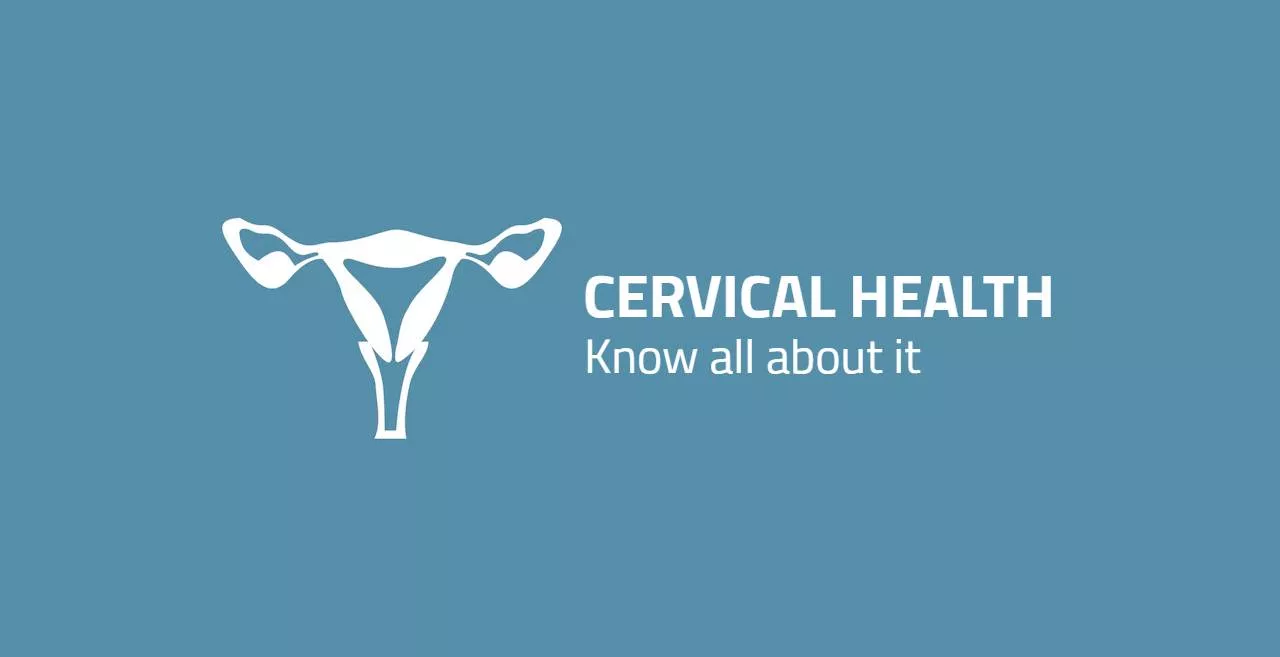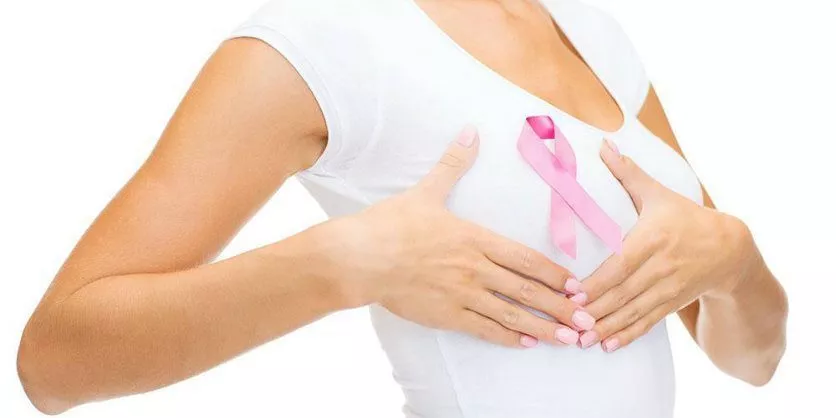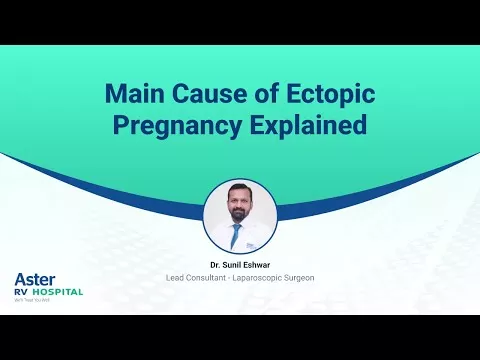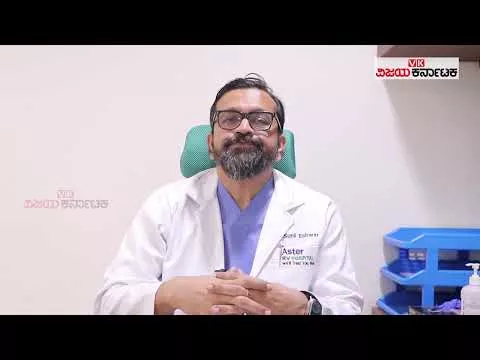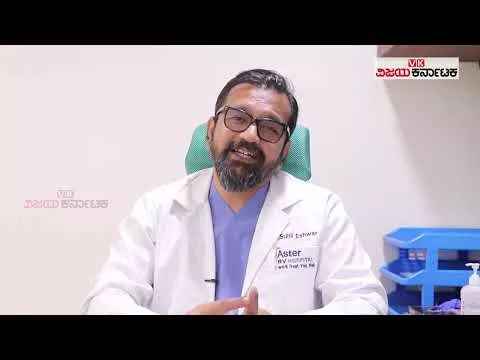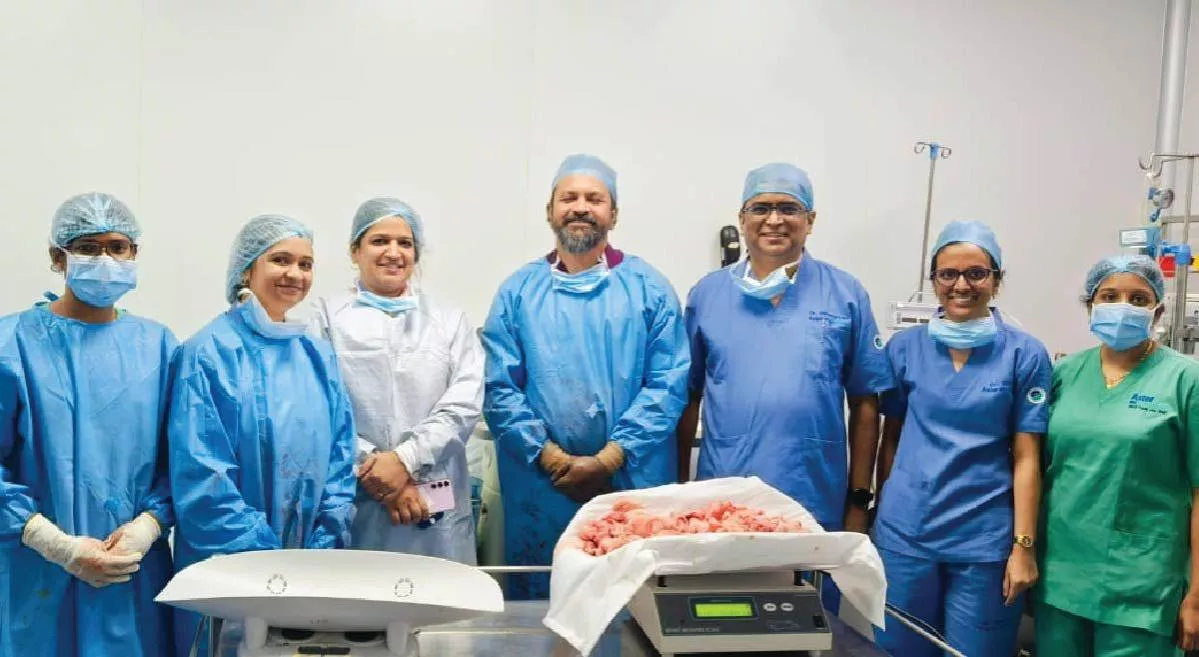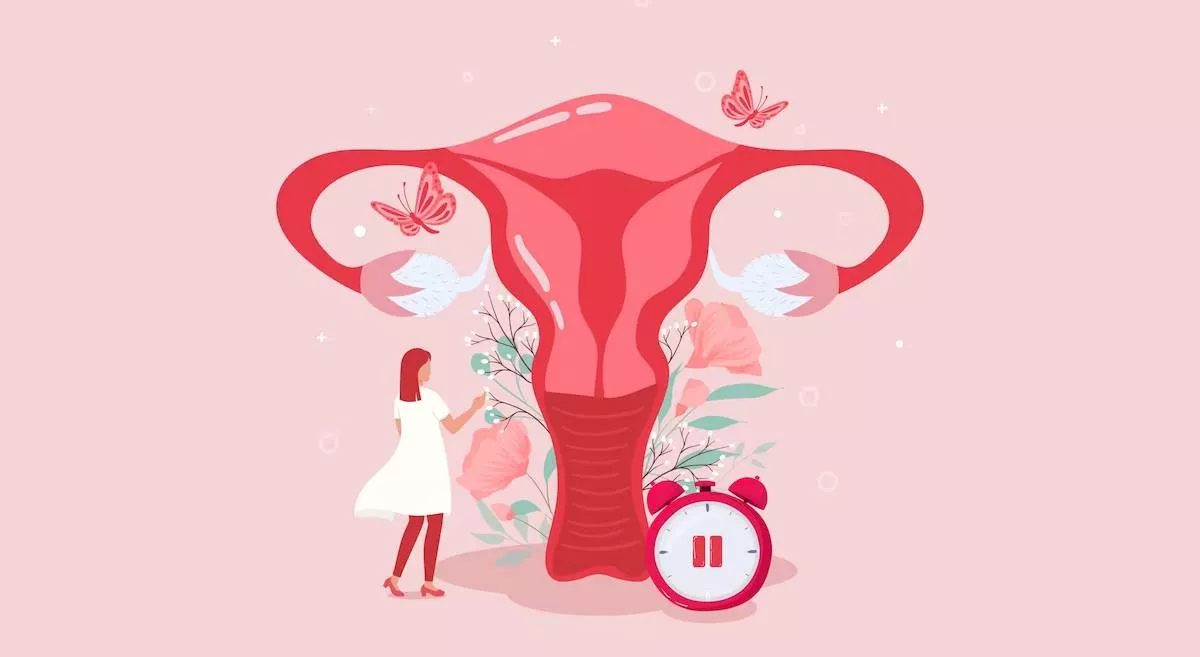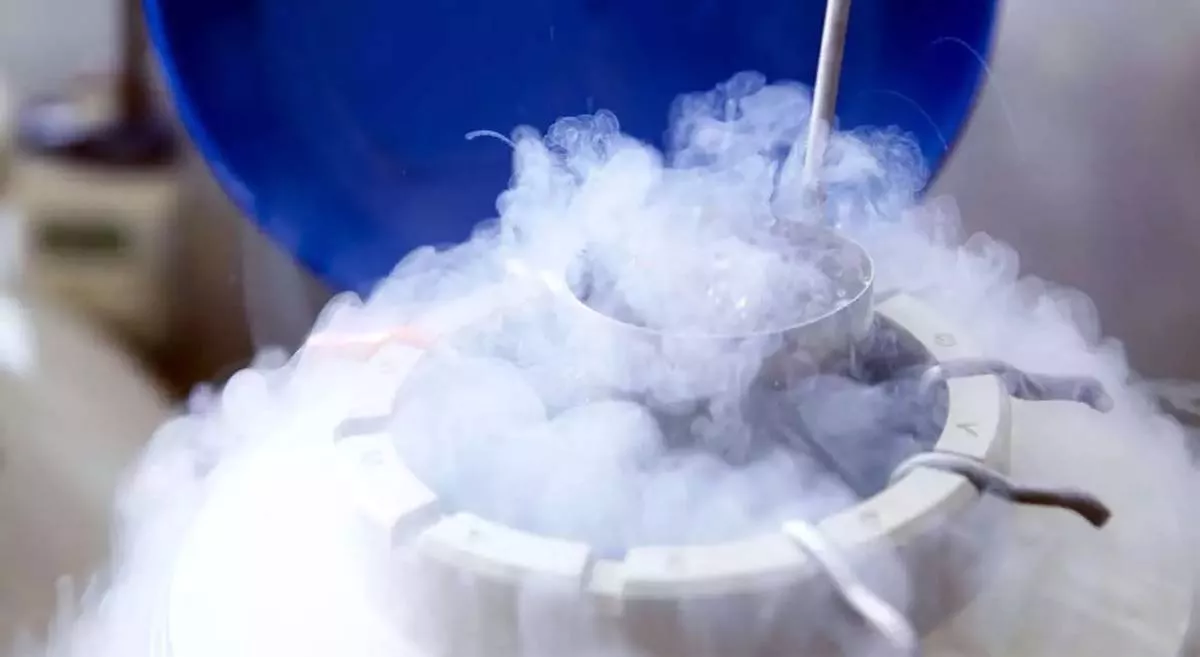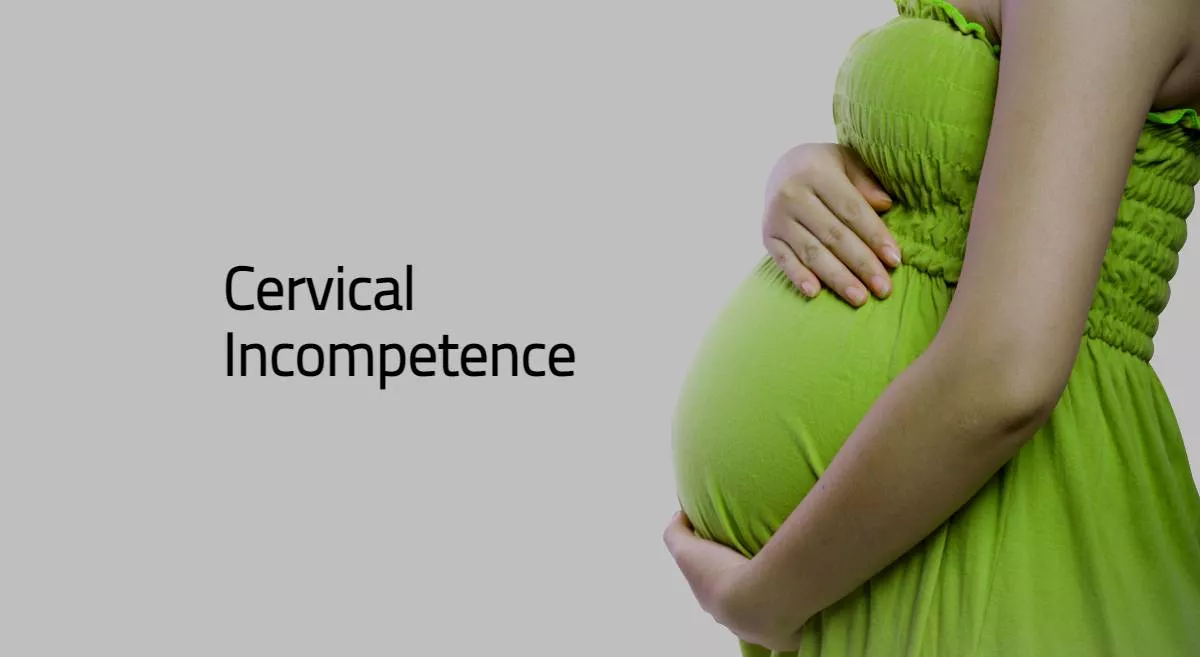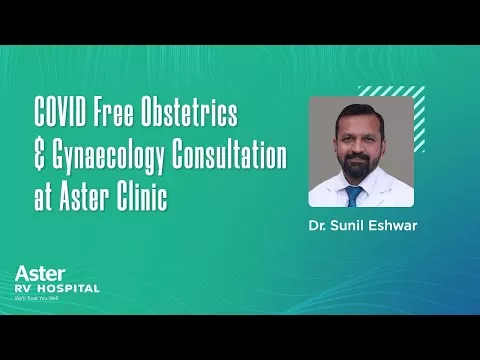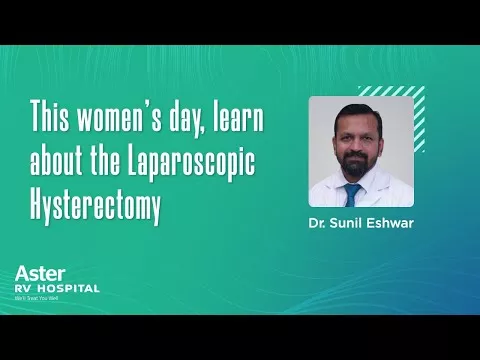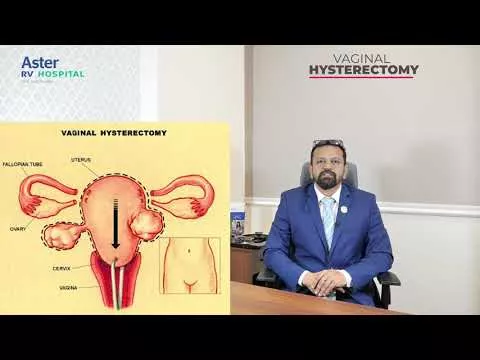What is cervical health and why is it necessary?
Cervical cancer is the 2nd most leading prevalent cancer in India. There are an estimated 123,000 new cases of cervical cancer in India every year with 67,000 deaths in women in India alone.Hence cervical health awareness is atmost important . January of every year is marked as the month of cervical cancer awareness month.
Recent studies shows that screening of cervical cancer reduces the disease incidence and disease mortality by 50% .Cervical Cancers can be prevented at the earliest by detecting the presence of HPV .Regular population based Screening is done using Pap smear cytology and it is accepted as the international screening Programmed .PAP smear screening helps in detecting the pre-cancerous stages such as Low grade intraepithelial neoplasia, High grade Squamous intra-epithelial neoplasia prevents from Cervical Cancer.
Cervical cancer usually takes many years to develop into invasive disease and the mortality rate is low when it is detected in early stages. With the discovery of HPV infections and prophylactic vaccinations it is now possible to prevent cervical cancer in much earlier stages.
Simple ways to maintain cervical health-
Regular testing - ACOG recommends all women at the least age of 21 should start with cervical cancer screening (even if they aren’t sexually active), if age is less than 30yrs then likely to be tested for cervical cancer every alternative year, if aged more than 30yrs with 3 normal consecutive pap smear reports then testing every 3 yrs is recommended,If age is above 65yrs No further pap smear testing is required when there is more than 3 consecutive normal pap smear or 2 and more consecutive negative HPV tests and PAP tests in last 10yrs with the most recent pap occurring within the last 5yrs, or women who have had hysterectomies for benign disease.
Types of cervical screening includes –
- Conventional Pap—In a conventional Pap smear, samples are smeared directly onto a microscope slide after collection.
- Liquid based cytology—The sample of (epithelial) cells is taken from the Transitional Zone, the squamo-columnar junction of the cervix, between the ecto and endocervix.
- Liquid-based cytology uses an arrow-shaped brush, rather than the conventional spatula. The cells taken are suspended in a bottle of preservative for transport to the laboratory, where using Pap stains it is analyzed.
PAP smear test -
It is a cervical screening test which collects cells from the surface of cervix and looks for any abnormalities. Pap smear can also detect the earlier stages of cervical cancer. A speculum is inserted into the vagina to visualize the cervix. Then a brush is inserted into the vagina to collect cells from the cervix, cells from inside the cervix(endocervix) and outside the cervix(ectocervix) is taken on the slides and checked under the microscope. Any abnormal PAP smear findings require Colposcopy with directed biopsy.
Co-testing" combines cytology and HPV testing for high-risk types, but is still considered screening. The diagnosis ultimately requires tissue sampling.
Any abnormal PAP smear findings require Colposcopy with directed biopsy. "Co-testing" combines cytology and HPV testing for high-risk types, but is still considered screening. The diagnosis ultimately requires tissue sampling.
There are few high-risk conditions which require more often screening which includes- women who are sexually active at a younger age (less than 16yrs old), women with multiple sexual partners, having one partner who is considered as high risk (HPV infected/STI), alcohol and smoking habits, weakened immunity power, low socio economical status, long term use of OCP’s
Prevention of HPV infection –
Major cause of cervical cancer is HPV infection especially hpv-16 and hpv-18 o HPV vaccine helps in preventing most cases of cervical cancers, and protects women who are already exposed to HPV infection. CDC recommends hpv vaccination from 9-45yrs of age, and 2 doses of vaccines for full protection. HPV vaccination prevents new exposure to HPV infections and doesn’t treat the existing HPV infections.
HPV vaccination schedule –
Vaccine name Dosage Schedule timings
Gardasil vaccine 0.5ml ,IM 0,2,6 month
Carvarix vaccine 0.5ml ,IM 0,1,6 months
- Safe sex practices -like usage of condoms helps prevent STI and HPv infections.
- Reducing smoking and alcohol habits
- Diet and lifestyle changes to improve overall immunity. -few studies suggest that including foods rich in carotenoids, vegetables and fruits, high intake of VIT-C and E may reduce the risk of cervical cancer .
